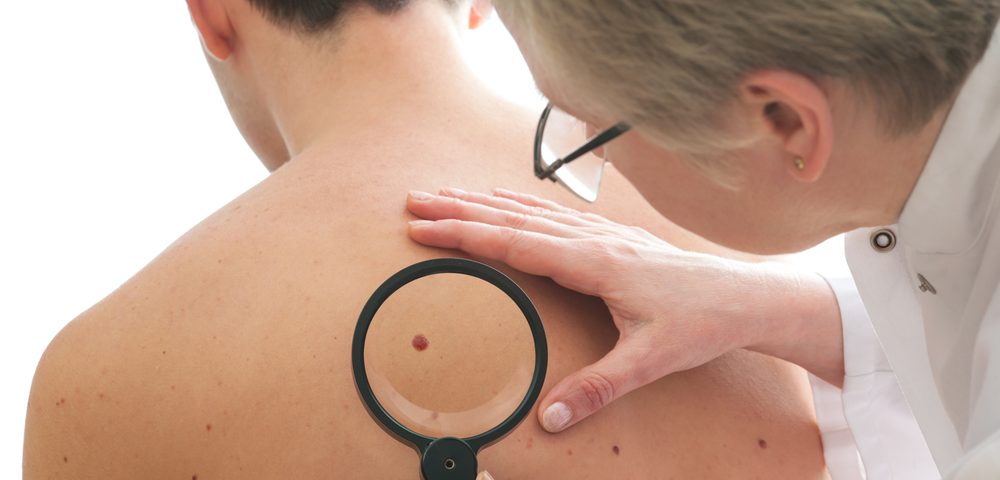Clinical guidelines recommend that people at high risk for melanoma receive regular surveillance to improve survival through early cancer detection.
In a recent Australian study, researchers have shown that monitoring these patients with specialized surveillance is more cost-effective and leads to fewer invasive procedures than the standard of care in Australia.
The study, “Cost-Effectiveness of Skin Surveillance Through a Specialized Clinic for Patients at High Risk of Melanoma,” was published in the Journal of Clinical Oncology.
Melanoma is among the most commonly diagnosed cancers in countries of European origin, and its diagnosis and treatment places a high burden on the healthcare system, particularly concerning resource use and costs.
Australian guidelines recommend that people receive surveillance at intervals that are based on assessment of the future risk of melanoma. This takes into account not only solar and artificial UV radiation exposure, but also family history of melanoma, gene mutations, and the number of benign and atypical moles.
In 2006, a High Risk Clinic was established at the Sydney Melanoma Diagnostic Centre at Royal Prince Alfred Hospital to examine the effectiveness of surveillance using digital dermoscopy and total body photography. The clinic was found to improve early detection of melanoma, which increased patients’ survival, but it remained unclear whether the wide implementation of such specialized surveillance was cost-effective.
“Monitoring of lesions is time consuming and requires highly trained staff and specific resources. Evidence of cost-effectiveness and data addressing potential over-treatment of suspicious skin lesions is required for wider implementation,” Caroline G. Watts, MPH, a PhD candidate at Sydney School of Public Health at the University of Sydney, and colleagues wrote.
Using a decision-analytic model, the researchers analyzed the costs and benefits of specialized surveillance versus standard of care over a period of 10 years. Patients were considered to be at high risk if they had a personal or family history of melanoma.
The 311 patients who received specialized surveillance visited the High Risk Clinic twice a year. If a suspicious lesion was found, the lesion was excised or the patient was reviewed after three months. On the other hand, the 607 who received standard of care underwent annual skin examinations conducted by their usual doctor or dermatologist.
The model revealed that specialized surveillance was less expensive, leading to a reduction in costs of AUS $6,828 per patient, and more effective than standard of care. The researchers believe this is likely due to an earlier detection of melanoma, which required less extensive treatment and fewer excisions for suspicious lesions. The annual rate of excisions for suspicious lesions in the standard of care group was nearly the triple of that found in the specialized surveillance group.
“However, our findings indicate that for high-risk patients managed with specialized surveillance, rather than contributing to overtreatment, surveillance with a careful watch-and-wait approach to suspicious skin lesions resulted in fewer excisions and lower costs overall compared with surveillance in the community,” the researchers wrote.
Nevertheless, the authors note that more studies are required to identify which patients require less intensive surveillance, since in some cancers less intensive follow-up programs were seen to be the most cost-effective approach.


